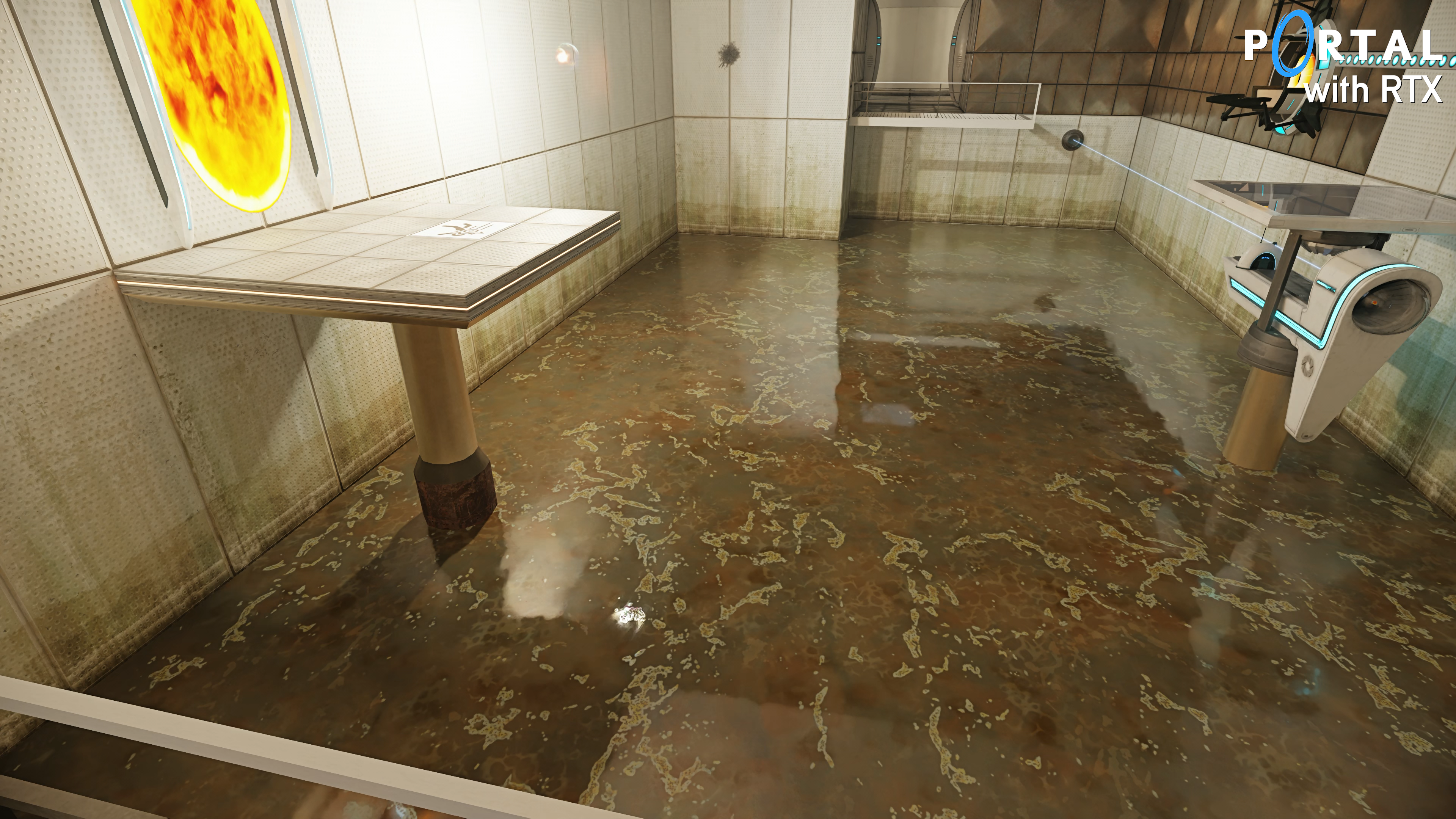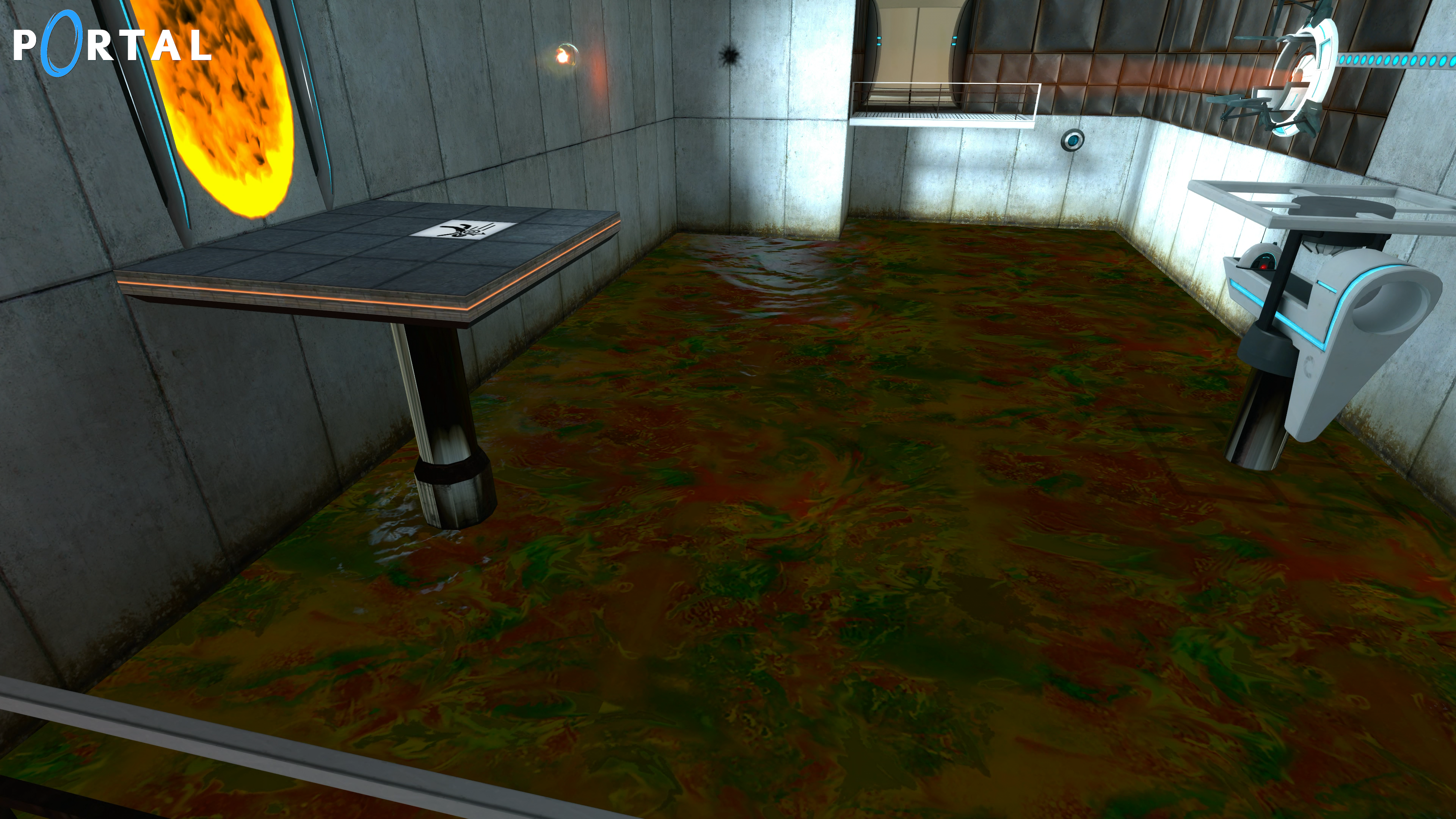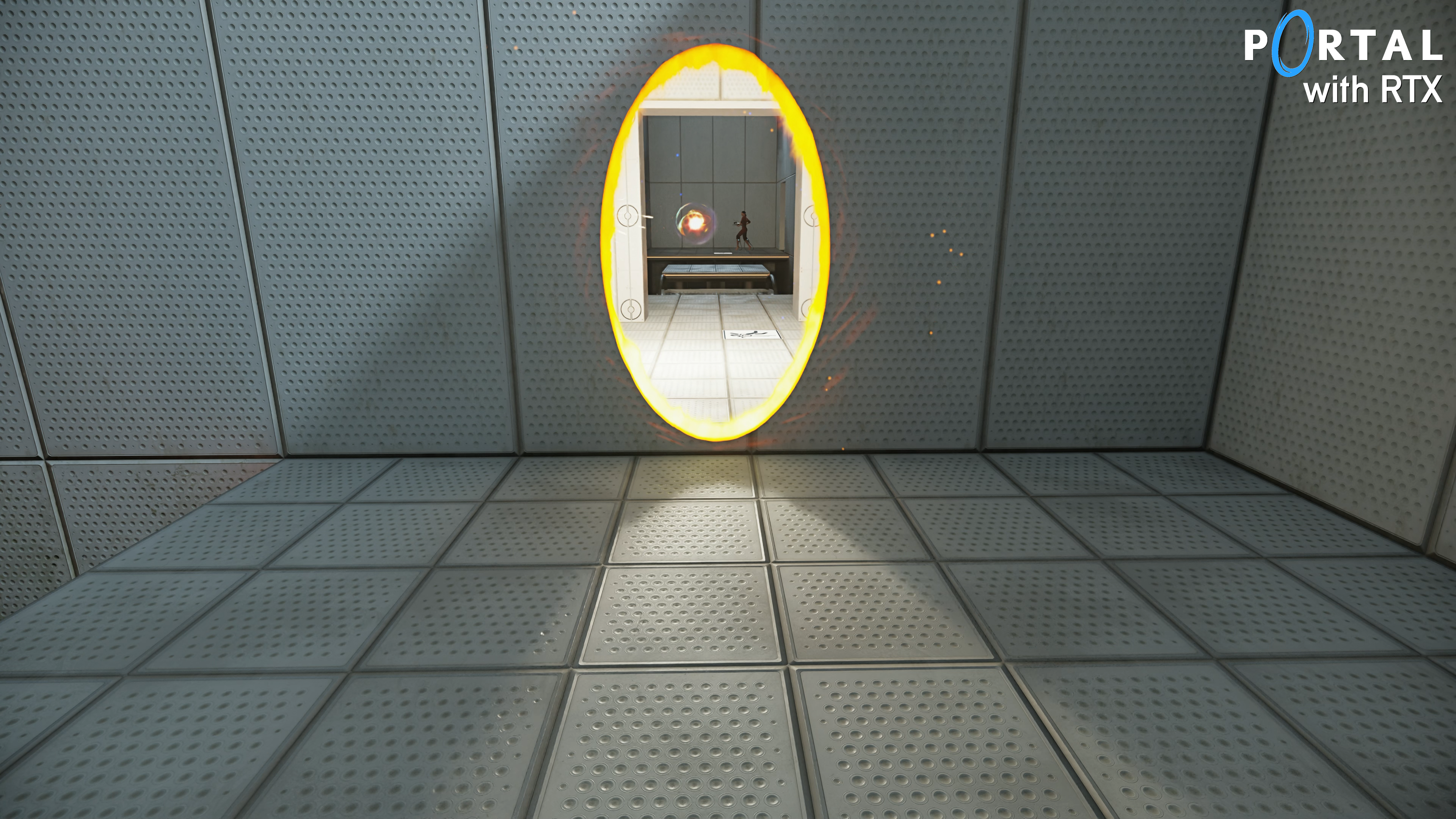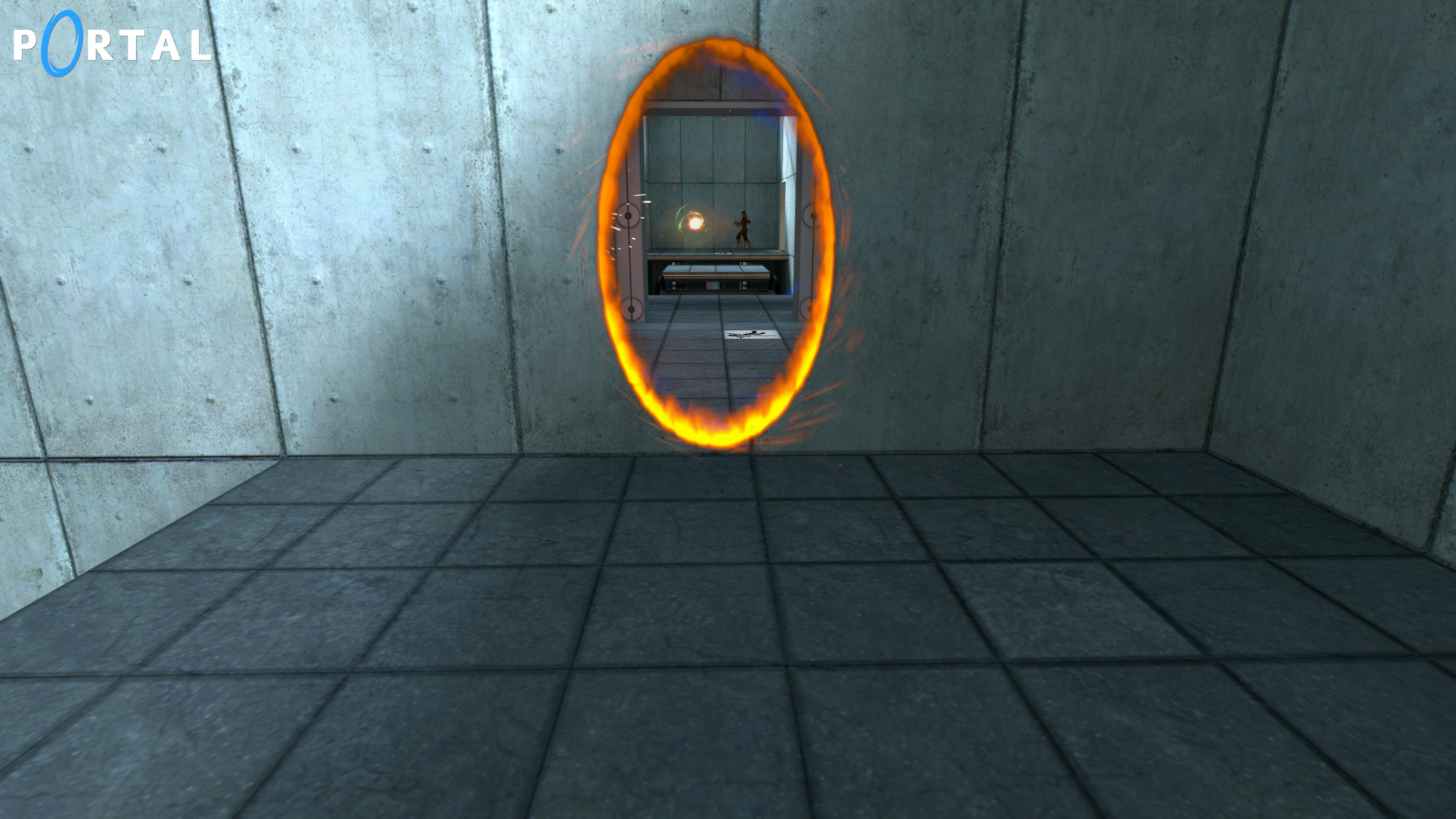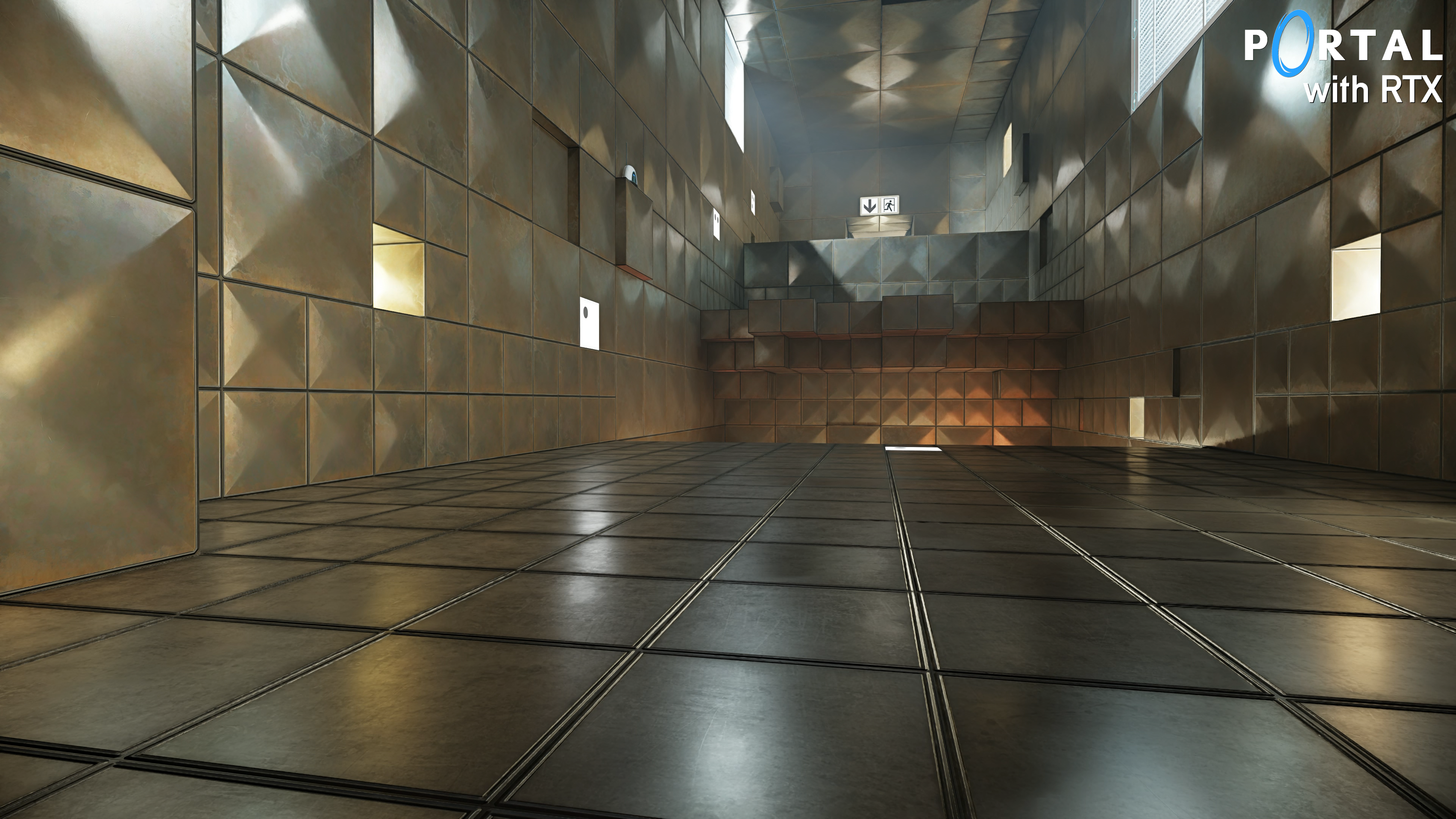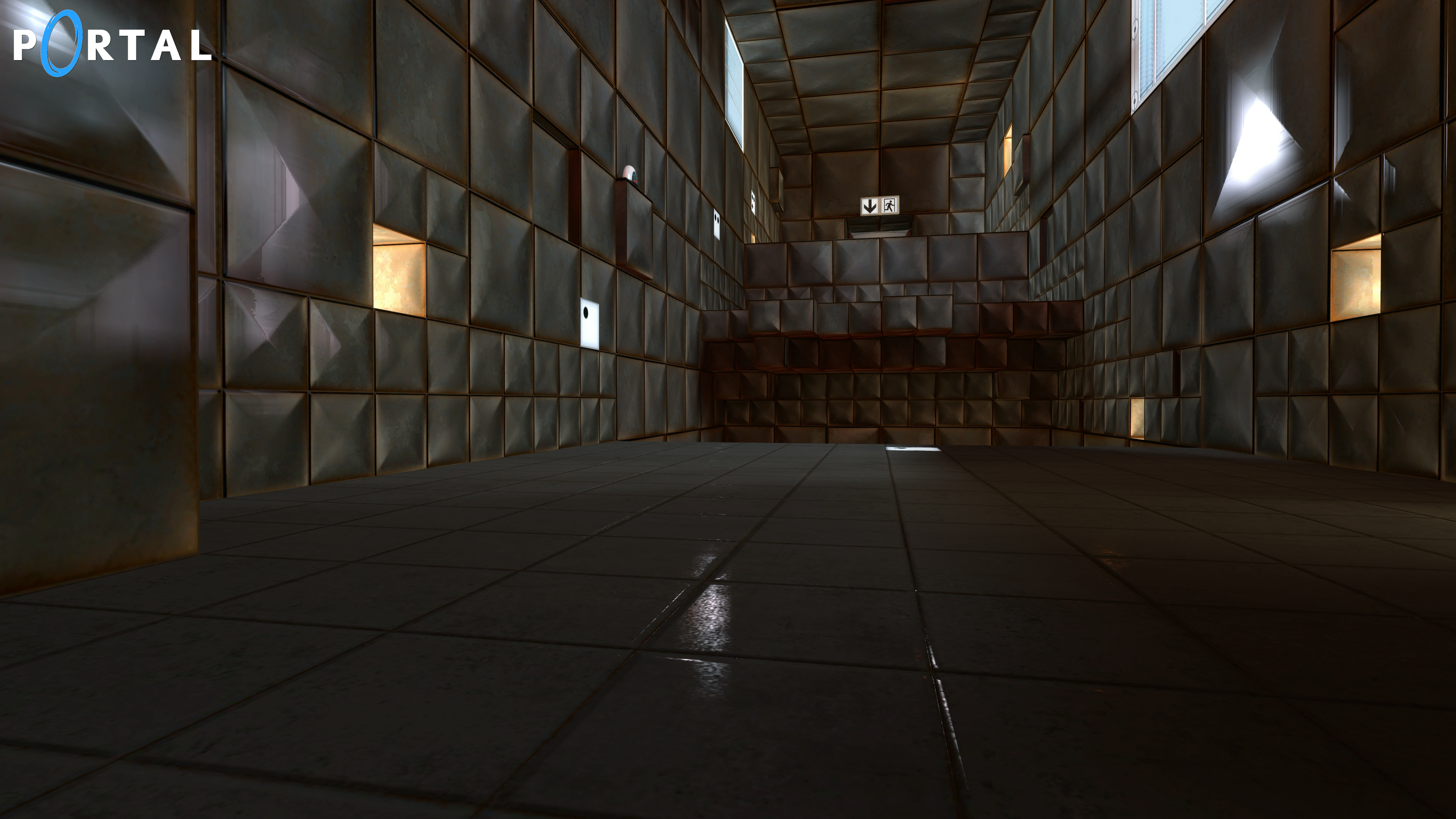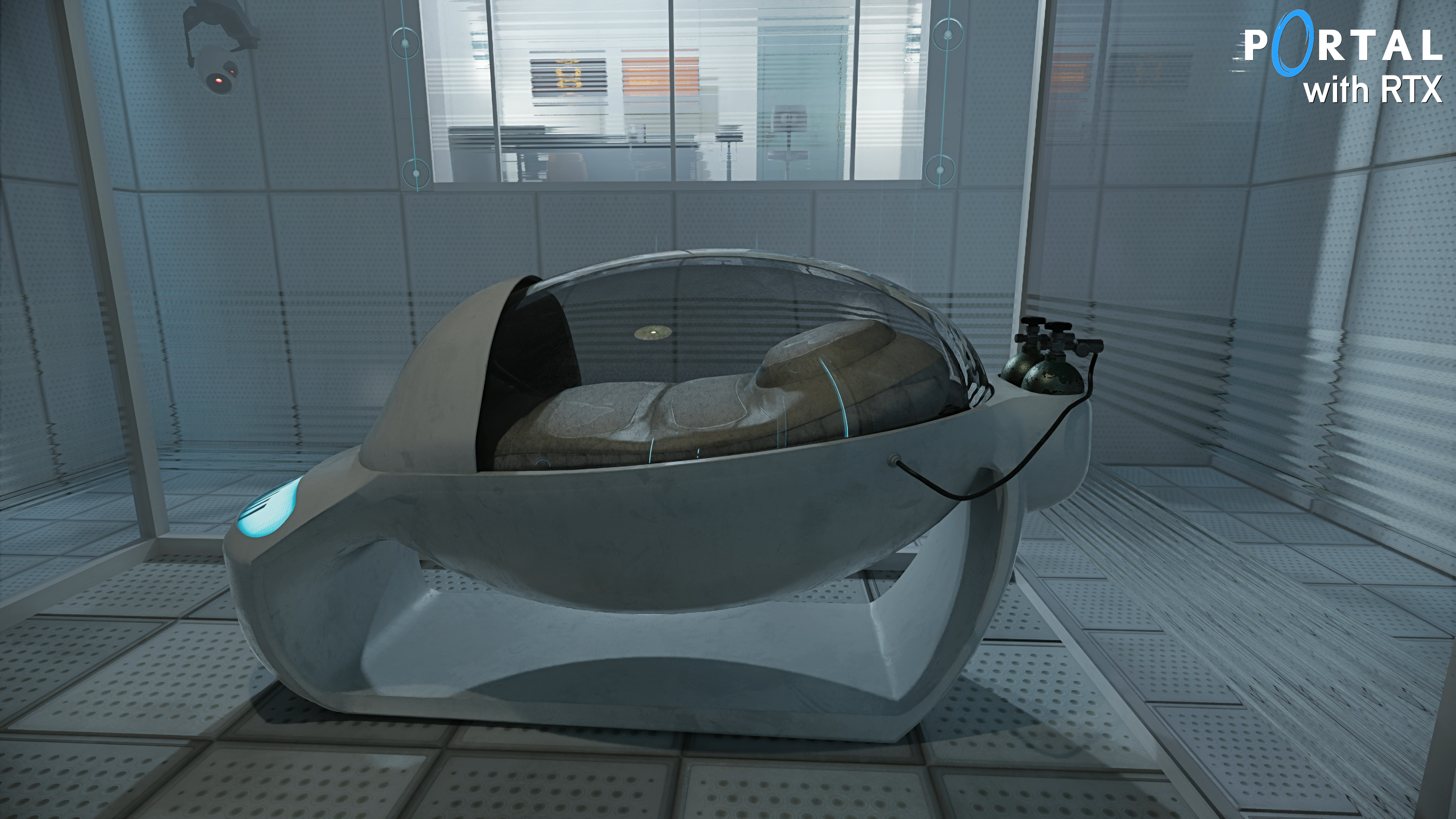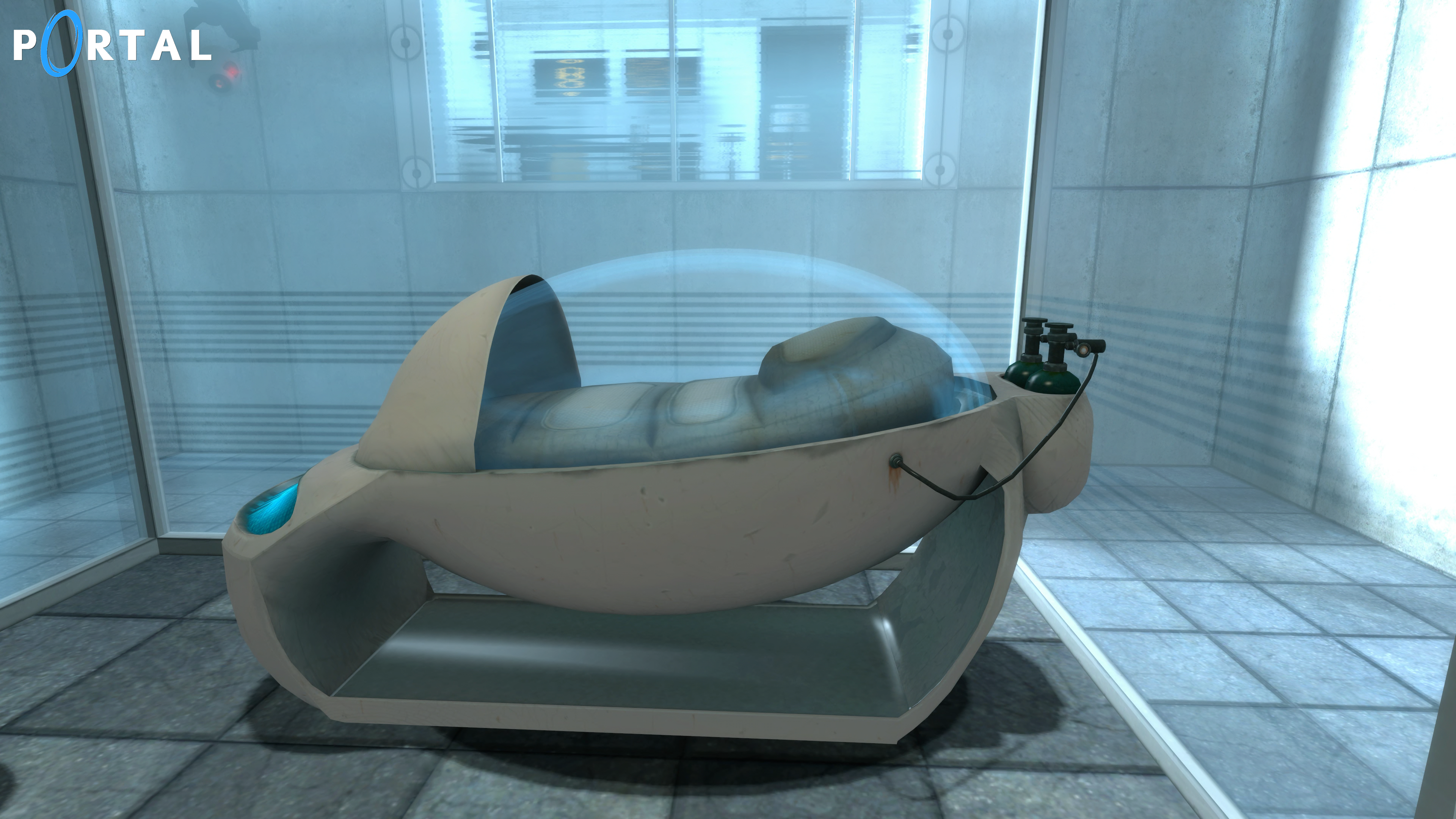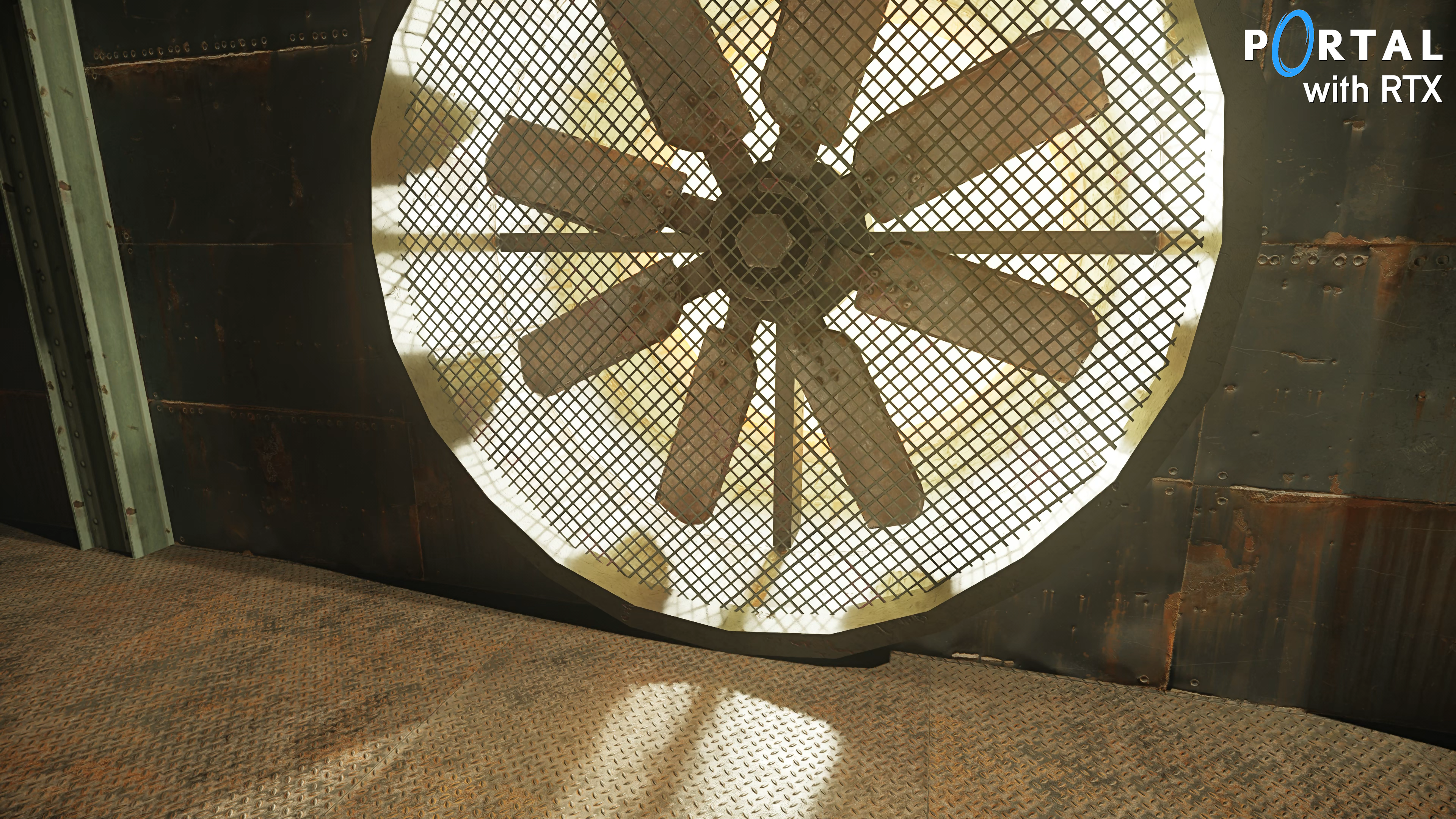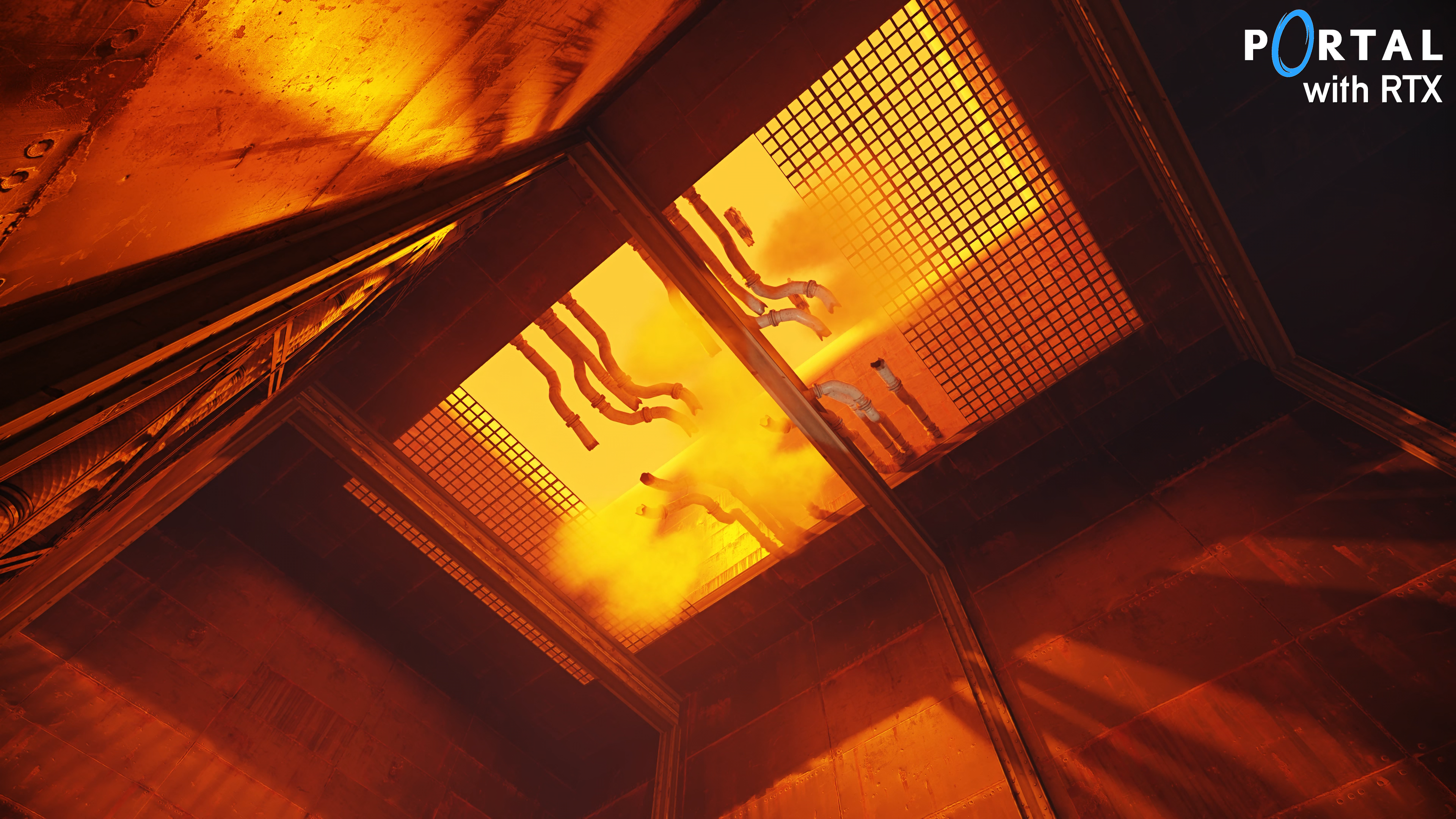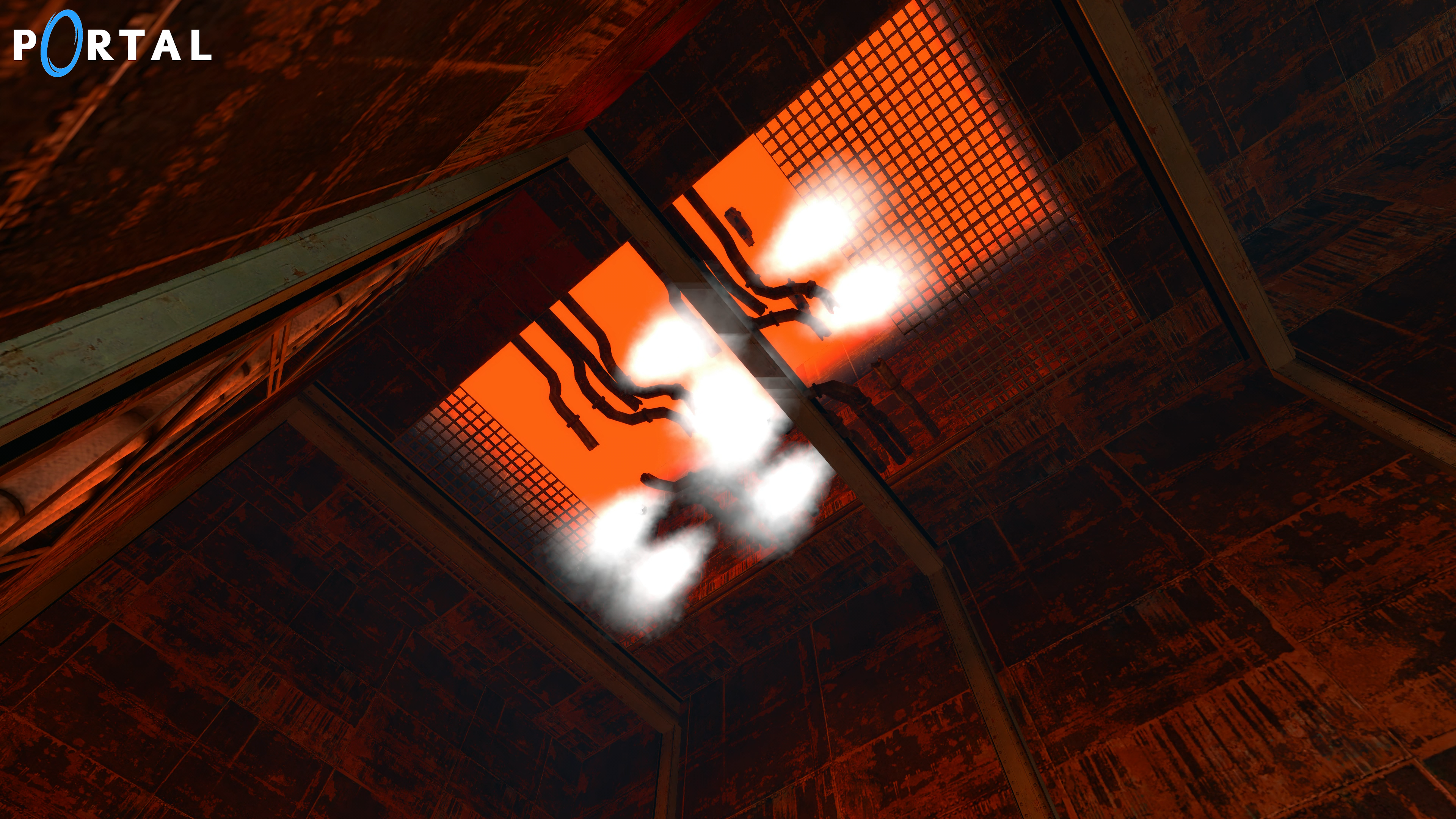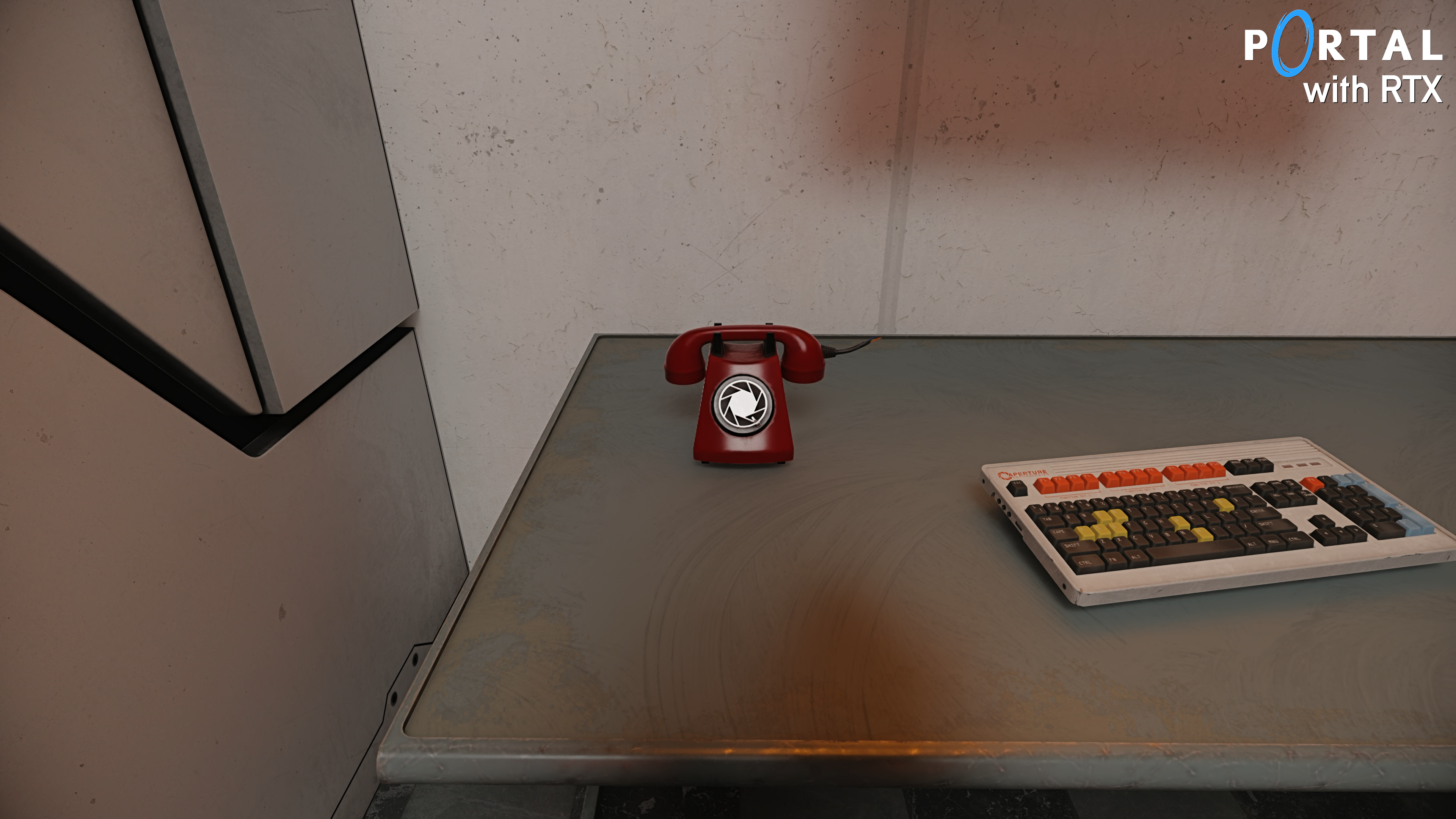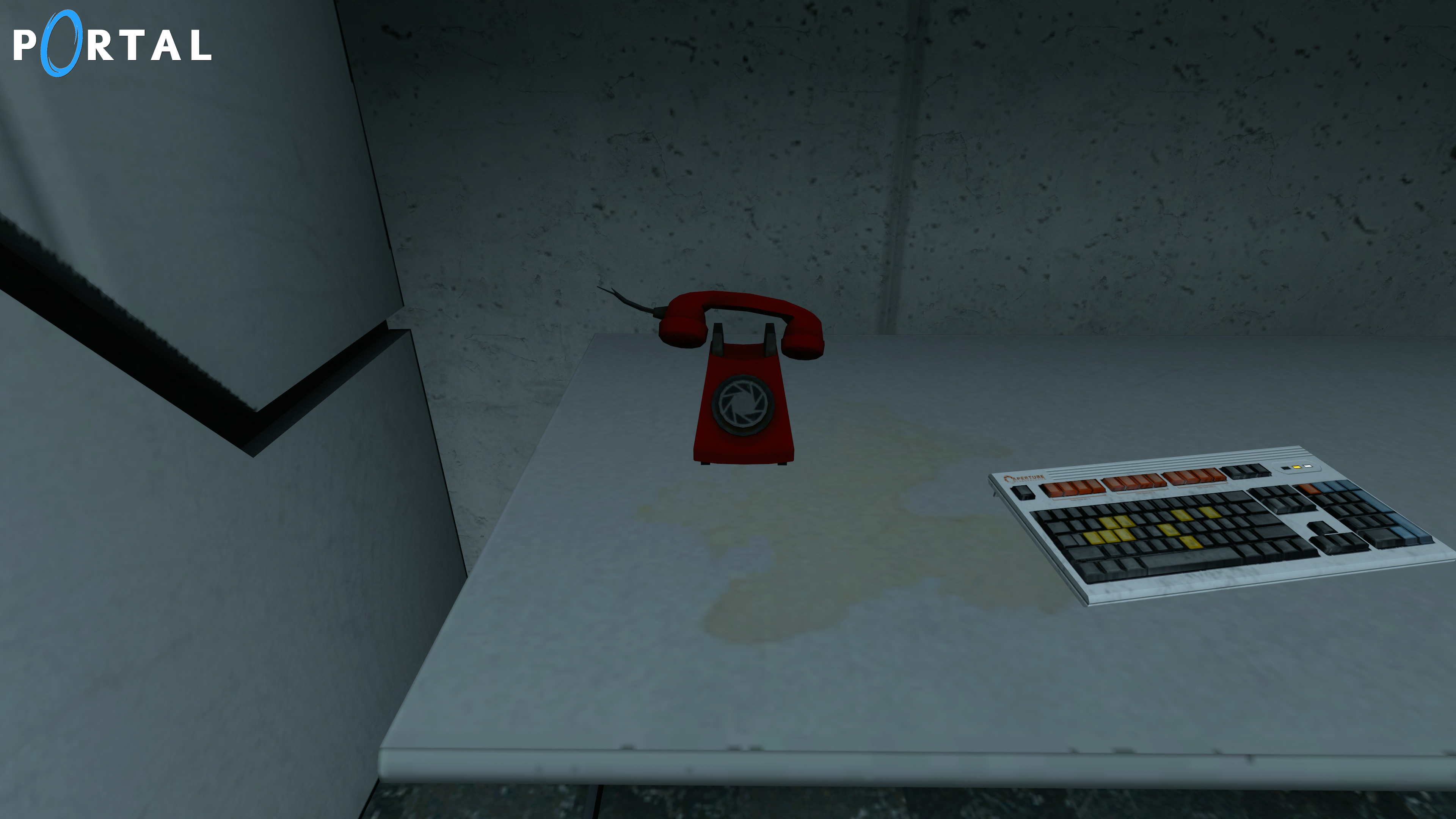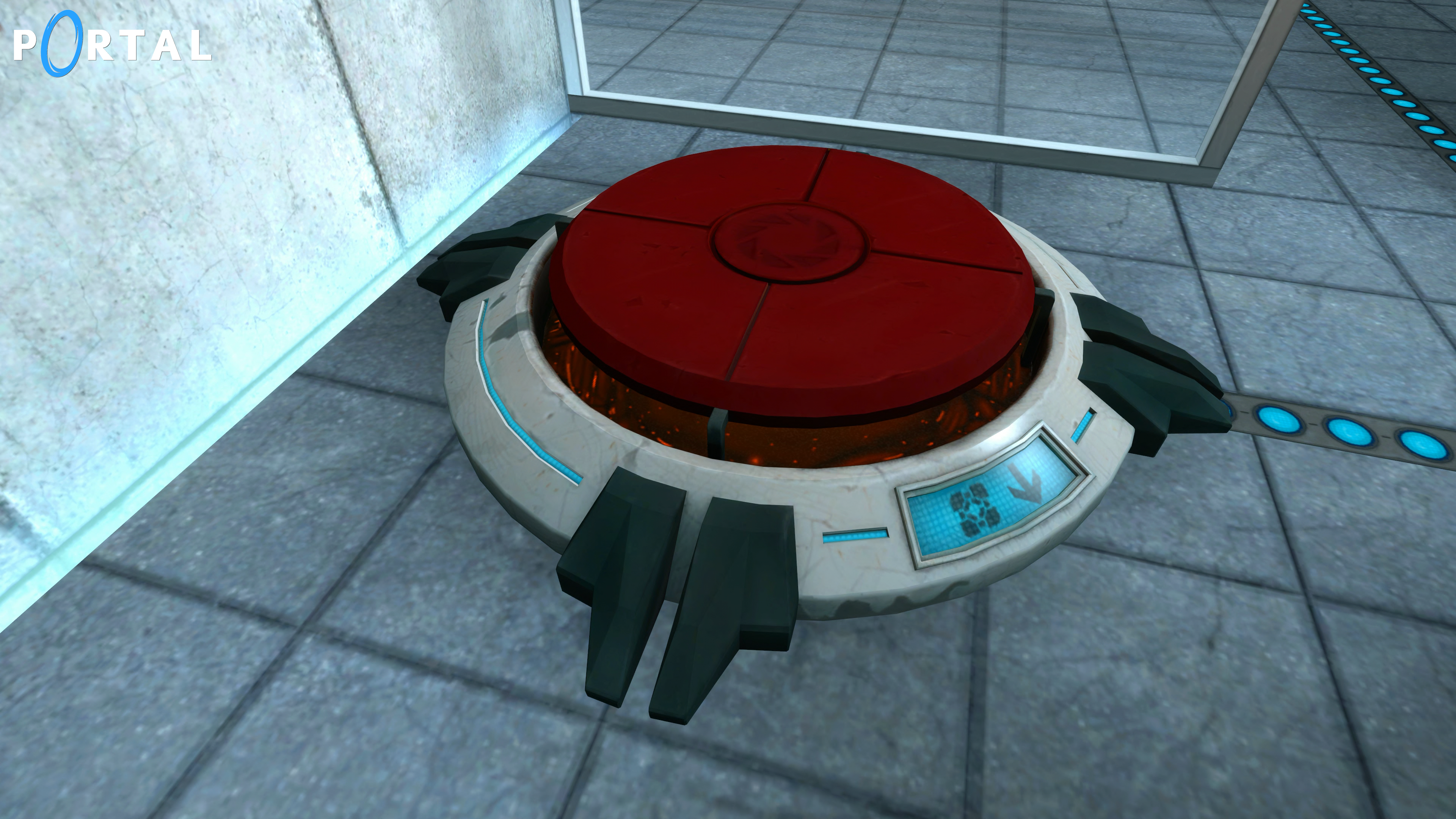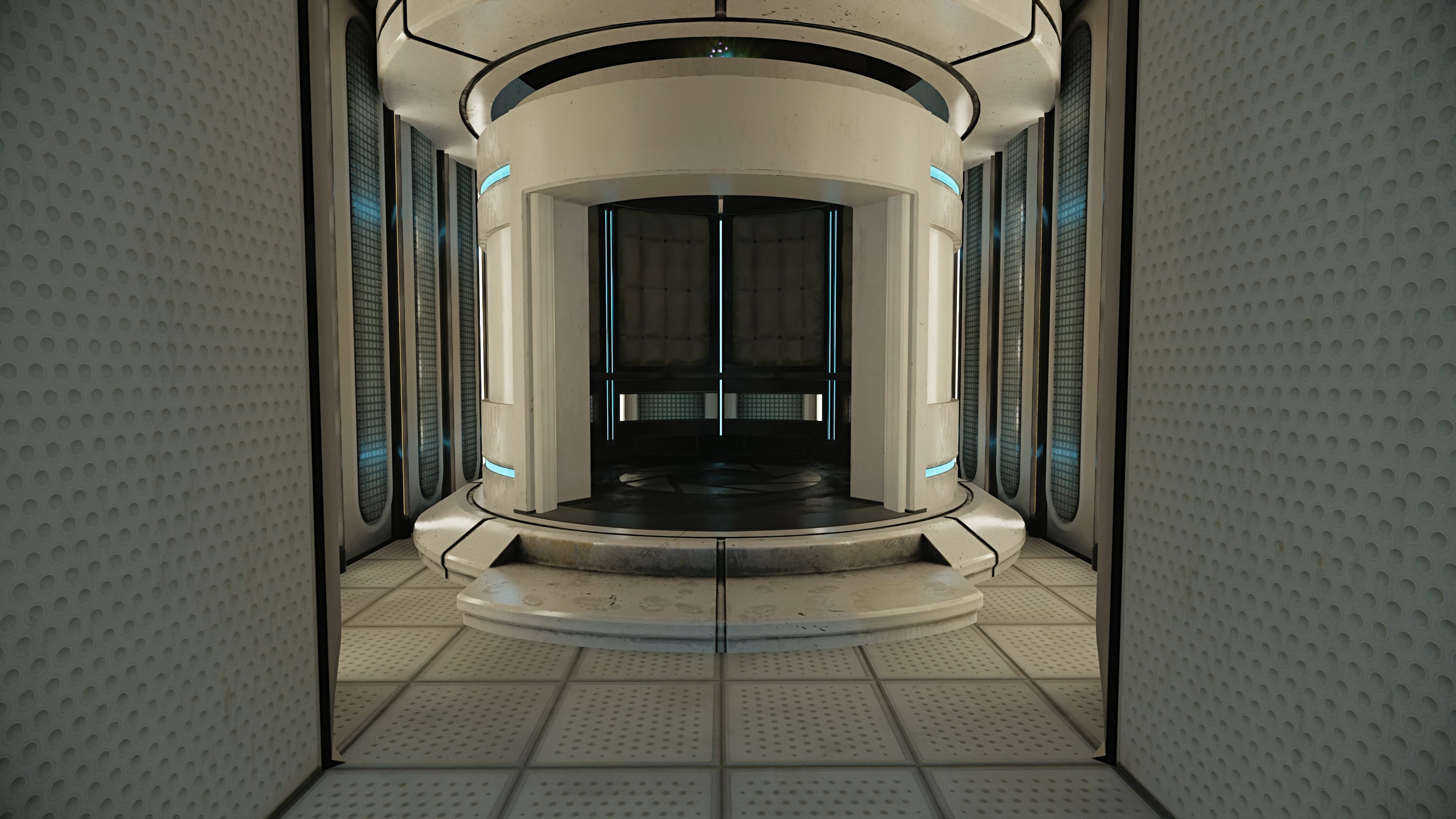‘Remix’ suggests some level of user tweakability and that’s exactly what’s possible, showcased beautifully in Portal. With the rendering replaced, lights can be overridden, assets can be swapped out with newly-created alternatives and textures can be made or remade to be physically-based. It is an entire system for replacing a game’s visuals with path tracing that lives entirely outside the game’s awareness and gameplay code. It is honestly astounding that this works at all - and Portal with RTX shows what Remix can do when time is invested in making new assets and tailoring each and every area and asset in a game to work with the new rendering paradigm. At the basic level, what sets path tracing apart from RT in most games? Titles like Cyberpunk 2077 or Marvel’s Spider-Man Remastered still run on rasterisation but add in RT effects for elements like reflections, shadows, ambient occlusion or global illumination. In Portal with RTX, ray tracing takes over for nearly everything previously rendered with rasterisation. All of the primary rendering is ray traced, so that makes it more expensive to render just to start. However, it does deliver some good advantages for the cost: all glass can be refractive due to the primary rays for visibility bending when they interact with glass, giving them the wavey surface appearance you see in real life. Rays can be traced through the titular portals without the degradation in quality seen in the original version of the game. Portal with RTX also ray traces all the direct lighting as well, giving real-time shadows and lighting - something completely missing in the original. Objects that move now have shadows that move with them, particles receive the lighting of their surroundings, and emissive surfaces like signs emit light dynamically, whereas the lighting in the original game remained static no matter what happened. Portal with RTX traces all indirect lighting as well, using four bounces on the ultra setting by default. This is why reflections look much better than those in hybrid ray tracing game: the light is bouncing around in the reflections, giving them much better shading. This is also why Portal with RTX can look so different to the original in many scenes. Tying together this new lighting are new assets for textures and geometry that fill out the game world - and this difference is huge on close inspection. Assets which were originally limited by the geometry and texture capabilities of circa-2005 GPUsnow have incredibly detailed surfaces, while some textures are replaced with full geometry. Portal was not exactly a cutting-edge game in regards to texture or geometric quality when it came out in 2007, but now it rivals the quality of materials and geometry that we see in titles releasing in 2022. This has proven bizarrely controversial though, so if you do not like it or any of the other changes, you can always replace the texture yourself should you so wish, or if you do not like the new assets (which I honestly have no idea why you would not), you can turn them off in the RTX Remix game options which are accessible by hitting ALT and X. Onto performance, where current internet wisdom suggests that only RTX 4000 GPUs can run it at a playable frame-rate, which is both right and wrong. To play the game on ultra settings at a higher resolution at 60fps or higher definitely requires a new Ada Lovelace card. I played the game without DLSS 3 frame generation using 4K DLSS performance mode on an RTX 4090 with a Core i9 12900K, capped to 60fps. It only dropped two frames while beating the entire game. I thought it was excellent, but of course I am relying on DLSS 2 image reconstruction here. Native 4K is a write-off in performance terms - simply owing to the sheer amount of RT processing the game is delivering. Portal on its ultra settings is doing the most intensive path tracing ever put into a video game: it uses four raw bounces with no fall back structure cheating, so your GPU will be humbled by it. However, you can also make your PC more prepared to run it by tweaking settings and using a lower DLSS mode than you might be used to. Choose the high preset, set the maximum amount of path trace bounces to two and reduce denoiser quality and you retain the lion’s share of the visuals, while performance is radically improved. On top these recommendations, I also recommend keeping the volumetric lighting on as it can greatly enhance atmosphere. I also suggest keeping textures at ultra, and also setting particle lighting to ultra which offers obvious particle lighting at a minor performance cost. For older Ampere or Turing cards further down the stack, choose high settings and set the maximum amount of light bounces down to one (for the record, one light bounce is equivalent to what Quake 2 RTX does). You can also experiment with lower than expected DLSS settings - ultra performance mode at 4K looks extremely good, likely because of its clean art style and because the game has little to no ultra-thin transparencies that cause lower-end DLSS modes some issues. Obviously, resolution has the biggest impact to performance, so be reasonable in what you’re aiming for and don’t shy away from DLSS. I’d say there’s a path to decent performance on just about any Nvidia RTX card - I had good results even on an RTX 2060 Super - but the same can’t be said for AMD. Radeon GPUs are less impressive in RT performance than Nvidia counterparts, but the experience is simply broken here and given how the game does not even start on intel GPUs, Nvidia needs to put in the work here to ensure a decent experience for all users with capable hardware. The DLSS 3 frame generation implementation also needs to be improved as with or without v-sync, it never feels smooth. The frame-rate gain is high as it should be, but the camera motion exhibits jitter and rubber-banding issues - and that’s why I stuck with DLSS 2 for my gameplay. In summary, I think Portal with RTX is just fantastic. The new lighting model breathes life into an old game that I would never have revisited otherwise - and it made me appreciate Portal even more as it is no longer shackled by the Source engine’s technical constraints. This is what RTX Remix will do for many titles when it releases in full - people across the internet have already been adding in Portal RTX’s Remix files into games like Max Payne, SWAT 4 and more and even without replacing assets, RTX Remix is working magic that is hard to believe. Just imagine what it can do when users have full fine-grain control - a ray tracing revolution will be upon us and I can’t wait to see the results.
